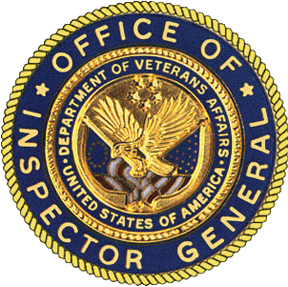Pharmacy Automated Dispensing Cabinets Need Improved Monitoring for Accountability over High-Risk Medications
Report Information
Summary
VA medical facilities use automated dispensing cabinets to help manage medication inventory and allow clinical staff to dispense medications to patients near the point of care. The OIG conducted this national review to evaluate whether controls at VHA medical facilities ensure accountability over high-risk medications when clinical staff remove them from these cabinets using generic information, such as codes or nonpatient information.
The OIG estimated that in fiscal year 2024, VA medical facilities could not fully account for 46 percent of medications removed with generic information from cabinet A (one of two types of cabinets reviewed, called A and B in the report). Facilities had the most issues tracing propofol to specific patients. Cabinet B transactions could not be projected due to data limitations, but these transactions may also be at risk of not being traceable to a patient. These issues occurred because medical facilities’ standard operating procedures and local policies did not address monitoring of medication removals from cabinets using generic information. Some staff reported using generic information out of convenience or to be more efficient.
The OIG reviewed 40 transactions in which staff removed controlled substances using generic information and found one instance in which a facility could not trace a controlled substance to a specific patient. VHA policy does not prohibit using cabinets to store controlled substances, but it does require facilities to maintain full accountability over them through an electronic record that tracks the medication’s removal from a cabinet to its final dispensation. Removing medications without using a patient’s name increases the risk of drug diversion, so this practice should be closely monitored.
VHA concurred with the OIG’s three recommendations to enhance local guidance on, compliance with, and monitoring of these transactions.
Confirm that medical facility directors develop local guidance on using automated dispensing cabinets in accordance with VHA Directive 1108.21 (and any revisions to this directive) and that facilities comply with that local guidance.
Require Pharmacy Benefits Management Services to revise VHA Directive 1108.21 to include routine monitoring for the use of generic information as a requirement in facility-level guidance for automated dispensing cabinets.
Ensure, in coordination with the controlled substance coordinator, or appropriate designee, and Veterans Integrated Service Networks, that reports detailing cabinet transactions for controlled substances removed using generic information are reviewed as part of required controlled substance inspections.
